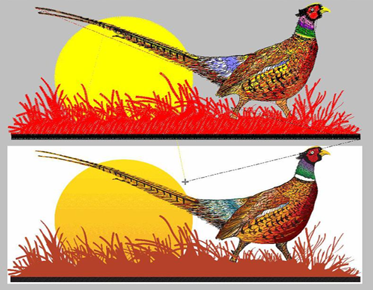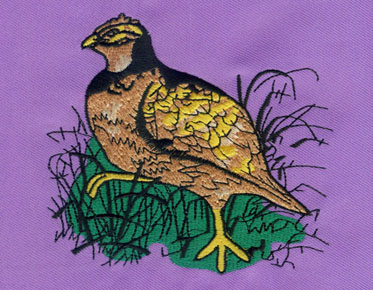The Process of Vector Conversion And Its Applications
Vector conversion plays a significant role in embroidery digitization. This process converts raster images, such as JPEGs or PNGs, into vector images consisting of lines, shapes, and curves. The embroidery industry favors vector images because of their scalability, which allows for resizing without a loss of quality, and editability.
There are several applications of vector conversion in embroidery digitization. In this article, we will take a closer look at some of the most common uses of vector conversion in the embroidery industry.
Creation of Embroidery Designs
One of the main applications of vector conversion in embroidery digitization is the creation of embroidery designs. By converting raster images into vector images, designers can produce high-quality, scalable designs that can be used in a variety of ways, including on shirts, hats, jackets, and more.
Editing Embroidery Designs
Another application of vector conversion is the ability to edit embroidery designs. Because vector images are made up of lines, shapes, and curves, they can be easily manipulated and edited to suit the needs of the designer. This is particularly useful for making changes to existing designs, such as adjusting the size, color, or shape of a design.
Stitch Generation
Vector conversion also plays a role in the stitch generation process. Once an embroidery design has been converted into a vector format, software can be used to generate the stitch files that are required for the embroidery machine to produce the design on fabric.
Quality Control
Finally, vector conversion is important for quality control in the embroidery industry. Because vector images are scalable, they can be easily checked for quality, making it easier to catch and fix any errors or inconsistencies before the design is sewn on fabric.
In conclusion, vector conversion is an
essential part of the embroidery digitization process. From the creation of
designs to the generation of stitch files, vector conversion plays a critical
role in ensuring the high quality and consistency of embroidery designs.
Whether you're a professional embroidery designer or just starting out,
understanding the basics of vector conversion is an important step in taking
your skills to the next level.



